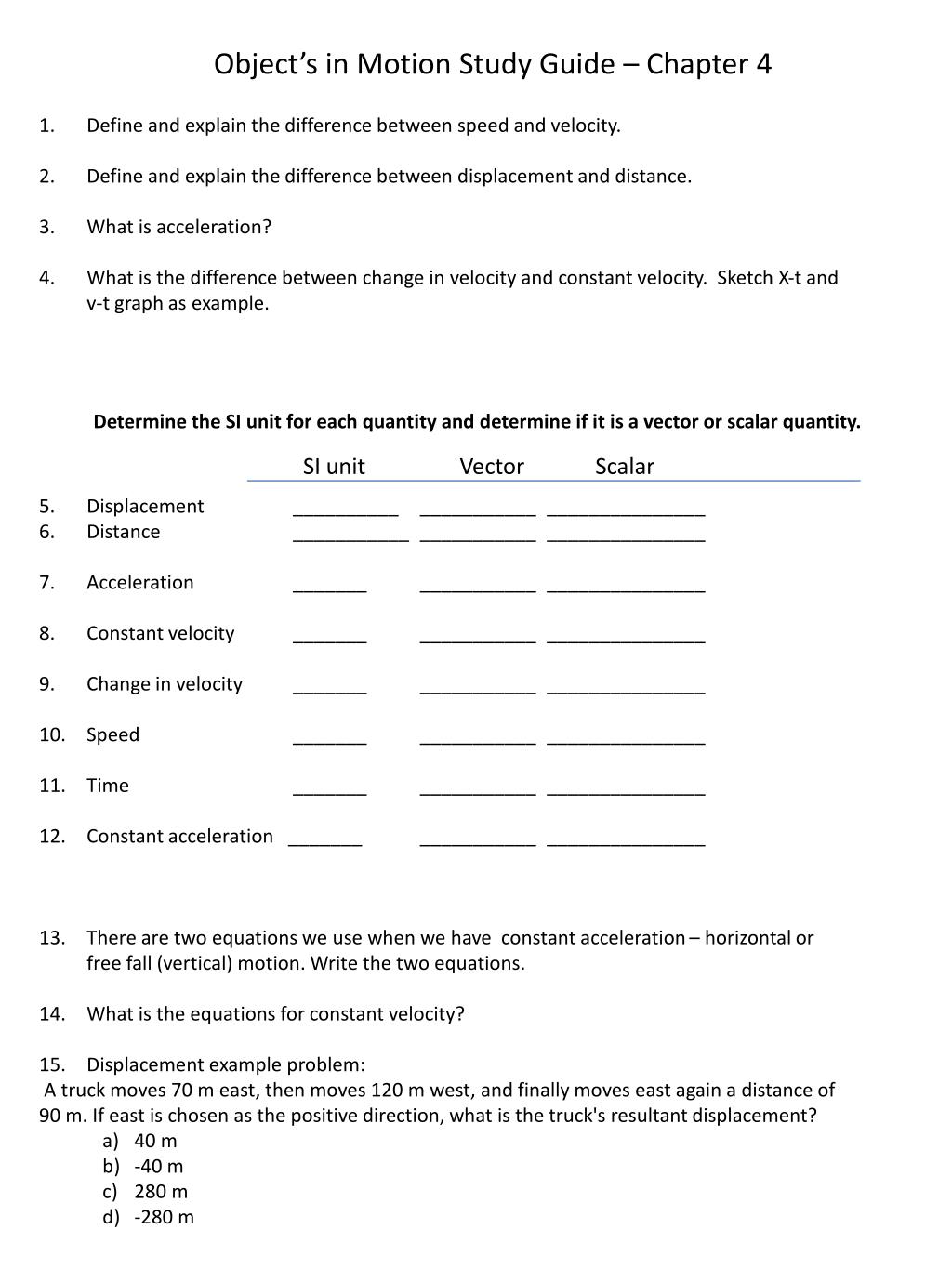

The difference between the two forces is the work done on the block by the person, which can be calculated as the force of the block times the distance through which it moves, or 3 N × 2 m = 6 J. The force of the block on the person is also 3 N. In the example above, the force of the person pushing the block is 3 N. By Newton's third law, the force of the reaction is equal and opposite to the force of the action, so the point where the force is applied does work on the person applying the force. Work is due to a force acting on a point that is stationary-that is, a point where the force is applied does not move. A worker assists the cart by pushing on the crate with a force that is eastward and has magnitude that depends on time according to F(t)(5.40N/s)t F ( t ) (. Work is a scalar quantity, meaning that it can be described by a single number-for example, if a force of 3 newtons acts through a distance of 2 meters, then the work done is 6 joules. For example, if a force of 10 newtons (N) acts through a distance of 2 meters (m), then doing 10 joules (J) of work on that object requires exerting a force of 10 N for 2 m. A 1,000,000-N airplane is cruising eastward at a constant speed of. The "work" of a force F on an object that it pushes is defined as the product of the force and the distance through which it moves the object. What is the net force acting on the box ON. Since the body is moving, we use the coefficient of kinetic friction $\mu k$.In physics, work is the transfer of energy by a force acting through a distance. We know that frictional force $f=\mu k\space N$, we will get $f=\mu kmg$. The block starts from rest and moves 11.0 m in 5.00 s. are two reference frames moving relative to each other at a constant velocity. Thus Newton’s second law in scalar form appears like this: A dockworker applies a constant horizontal force of 80.0 N to a block of ice on a smooth horizontal floor. A truck is traveling south at a speed of 70 km/h toward an intersection. Let’s set the coordinate so that the motion is in the direction of the $x$-axis. What force must the worker use to sustain the motion of the box? The coefficients of kinetic and static friction are $0.280$ and $0.480$, respectively.

ExampleĪ worker drives a box with $12.3 kg$ on a horizontal surface of $3.10 m/s$. of 30.0above the horizontal and experiences a constant acceleration of. The distance the block covers is $s = 22\space m$. Since the velocities are constant the displacement and distance are equal in. The mass of the block of ice is: $m = 90.9\space kg$. Now to find the distance the block covers, we can use the distance formula: So, after $5.00 s$, the block of ice moves with a constant velocity of $v_x = 4.4 m/s$. Only two horizontal forces act on a 3.0kg body that can move over a frictionless floor.One force is 9.0N,acting due to east and the other is 8.0, acting 62 degree of west. When a force is applied at an angle you should immediately think in terms of its horizontal (x) and vertical (y) components. Using the first equation of motion, we can find the mass of the object moving with an acceleration of $a = 0.88 m/s^2$:Īt the end of $5.00 s$, the worker stops pushing the block of ice, which means its velocity remains constant as the force becomes zero. Since the car starts from rest, so $v_i = 0$: The distance the car travels from rest $s = x – x_0 = 11.0 \space m$,įirst, we are going to find the acceleration using the newton equation of motion: \ Expert AnswerĪ horizontal force $F_x = 80.0 \space N$, The only difference lies in the limit that the time between the two circumstances closes to zero. It is basically the average velocity between two points. Let’s first look at instantaneous velocity, which notifies us how fast an object is moving at a particular instance of time, simply named velocity. to show that these centres cannot be regarded as constant the part of its. The concepts required to solve this problem are from basic applied physics which include the sum of applied force, instantaneous speed, and newtons law of motion. It coincides very nearly with the dip equator. If the frictional force on the crate has a magnitude of 10. newtons is applied to a 20.-kilogram crate moving toward the east on a level floor. This problem aims to familiarize us with the applied force and the acceleration of a moving body. A constant eastward horizontal force of 70.

If the coefficient of kinetic friction between the crate and rough surface is 0.355 and he exerts a constant horizontal force of 277 N on the crate, find the following. Find the total mass occupied by the block of ice. horizontal surface of length 0.65 m as in the figure below.


 0 kommentar(er)
0 kommentar(er)
